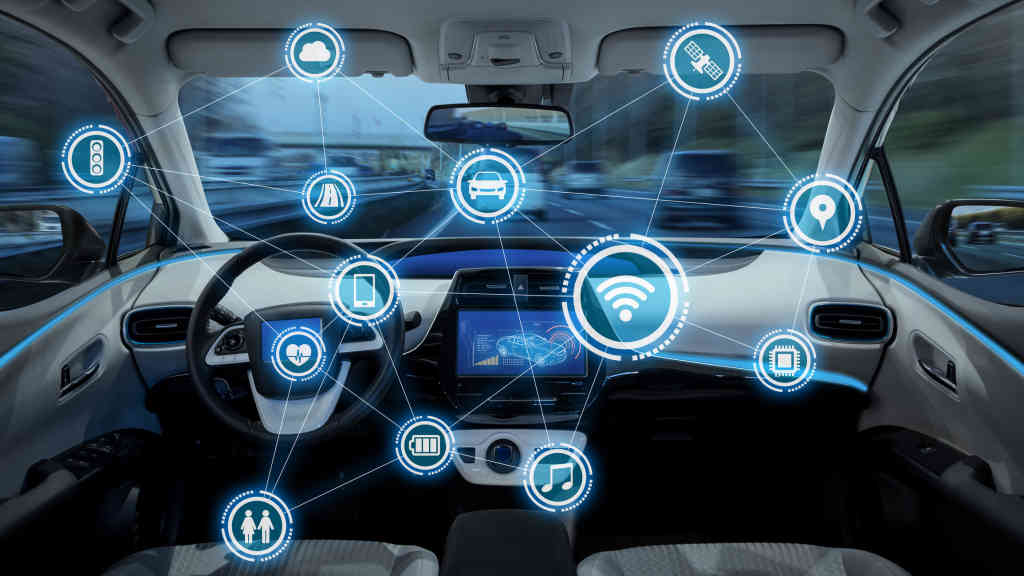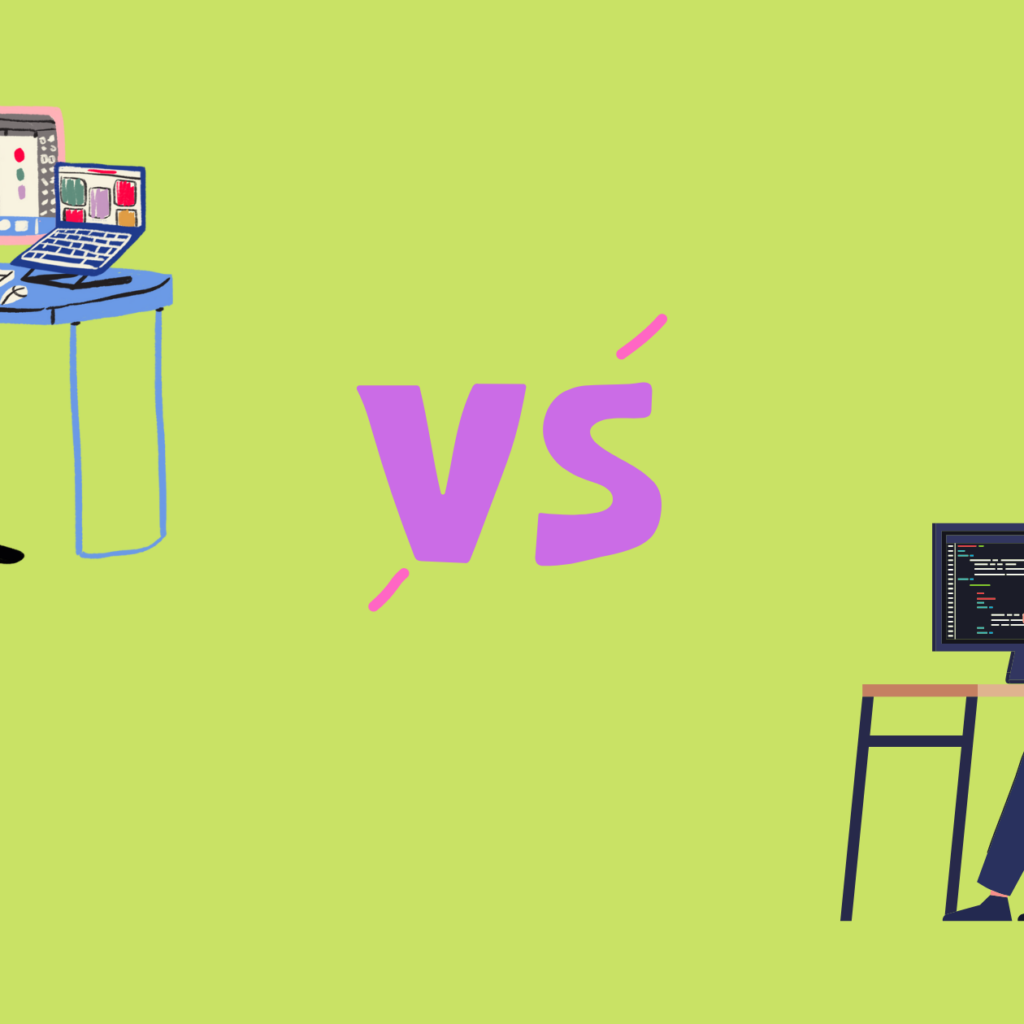The digitalization of the automotive industry will have a cascading impact on other industries. From 2016 through 2025, OEMs and Tiers have understood that digitalization, coupled with IoT, technological alliances, software capabilities, and tailored solutions, will be the global automotive industry’s way ahead.
From the automotive manufacturer to the mobility service provider, almost all of the automotive business is automated. OEMs and suppliers, on the other hand, are under tremendous pressure to transform. Manufacturers are being forced to turn themselves into mobility service providers by autonomous driving, the e-car, networking, and changing customer behavior. As early as 2025, income from business models other than car manufacture will account for up to 40% of total revenue.
Improve key procedures and expand business models
An employee examines computer graphics, which reveal a simulated vehicle behind them. A dual strategy is presently being pursued by automotive makers and suppliers. On the one hand, they must continue to digitize and improve current core operations. On the other hand, they’re working on new business models for future mobility, which goes far beyond owning a car. Mobility is evolving into a digital ecosystem, where formerly disparate modes of transportation are combining to provide a comprehensive service.
Development and production in a networked environment:
At the same time, technologies such as electric drives, autonomous driving, and vehicle interface necessitate a significant reorganization of the current product line. The car of the future will be software-driven, with hundreds of millions of lines of code. Digital services, connectivity, and data are all integrated into this ecosystem in a secure end-to-end way. To do so, the automotive sector will need to acquire new skills, form new partnerships, and increase its investment in information and communication technology.
Rapid and disruptive change is nothing new in the automotive business, and digital transformation is the next great disruptor. In the automotive sector, trends such as increasing connection, environmental restrictions, IoT, wireless solutions, and heightened consumer expectations are driving investments in digitalization. From design to production, distribution, and retail, technology has already pervaded many areas of the automotive value chain. Connectivity, artificial intelligence, and a plethora of consumer data, according to industry analysts, will drive investment long into the future. IT spending would rise from $38 billion in 2015 to over $168 billion in 2025, according to Frost & Sullivan’s Future of Mobility study.
What Can We Expect From Automotive Industry Digital Transformation:

Some features of the car purchasing experience date back to the early twentieth century and have remained relatively unchanged till now. eCommerce has long been available to dealerships and customers for new vehicle sales, but most buyers prefer the conventional purchase process. Furthermore, the drive to integrate digital tools in showrooms, such as iPads, did nothing to improve the consumer experience.
Is Digital Transformation Required in the Automotive Industry:
The digital revolution has made our lives easier and more convenient, and the automotive sector is no exception. Autonomous cars, production, maintenance, marketing, and sales are all-embracing digital technologies. These advancements, however, are not without their drawbacks.
The Automotive Industry’s Digitization Challenges:
To stay competitive, most automotive technical change management activities revolve around technology-driven trends and client demands. Furthermore, the automotive industry business is very competitive and intertwined with a wide range of other industries. Trends such as digital transformation in manufacturing, environmental concerns, mobility-as-a-service, and predictive computing. They have many advantages, but they also highlight a number of industrial difficulties. Here are a few examples:
Investment
Cash conservation and risk management are the major areas of attention in this difficult economic climate. Automotive companies will priorities expenditures that increase supply chain visibility, sales efficiency, and customer experience as they emphasize efficiency.
Businesses that engage in vehicle digitization must stay focused on the most lucrative use cases with the best return on investment. Predicting the return on investment of new technology and discovering appropriate use cases in the automotive industry sector will continue to be the most difficult tasks.
Change apprehension
The industry might be doing more to help revolutionary ideas get off the ground. Range anxiety, for example, is a genuine issue as the range of electric automotives grows. Due to the fragmented nature of the automotive industry, there is minimal responsibility for promoting global or national charging infrastructure. There is also a discussion about whether charging infrastructure should be the duty of the OEMs or the government.
Customer-centricity
A lack of customer focus, according to Qualtrics research, is a major barrier to digital transformation. Enacting customer-centric organizational transformation, on the other hand, frequently necessitates launching national corporate initiatives that may then be executed at the dealer and service levels. The in-person dealer experience and the digital experience on all devices must be identical for these initiatives to thrive. Consumers, dealers, suppliers, and vendors must consider how their connections with customers, dealers, suppliers, and vendors can assist enhance the entire experience of automotive ownership as the number of digital natives grows.
In the automotive industry, there are several examples of digital transformation
In the automotive industry, there are several examples of outstanding digital transformation, ranging from product innovation to operational changes to customer-facing enhancements. Here are some examples of how automotive companies have embraced digital transformation:
- Tesla has long been a leader in the application of artificial intelligence and big data. They’ve been collecting data from drivers using onboard sensors since 2014, allowing them to distribute a wireless upgrade that improved the accuracy of their autopilot software.
- Polestar, a Volvo brand, has been voted the best-positioned vehicle brand in terms of online sales. Their Polestar 1 and Polestar 2 models, like Tesla’s, are exclusively available online. Volvo does, however, retain separate “spaces” at partner dealership sites
- BMW’s Regensburg factory successfully implemented an IoT platform. They were able to cut the time it took to deploy new apps by 80 percent and cut quality control issues by 5%.
- Volkswagen collaborated with AR-based software developers to mark vehicle parts with the appropriate tools. This technology, known as MARTA, helps service professionals work more efficiently.
- Automotive paints and supplies have always been a brick-and-mortar company. With a single eCommerce, CRM, and ERP integration, PBE Jobbers Warehouse, a distributor of car body equipment, has future-proofed its business.
What Are the Advantages of Automotive Digital Transformation:
Manufacturers are increasingly at a crossroads as digital technologies emerge all around them: to transform and develop or to remain with known, proven, and true techniques. In the long run, digital transformation has several advantages, including:
- Streamline the supply chain management in the automotive industry.
- Auto parts or supply sales might help you break into new markets.
- In sales and customer service, provide omnichannel experiences.
- Customer satisfaction is monitored and post-sales assistance is provided.





